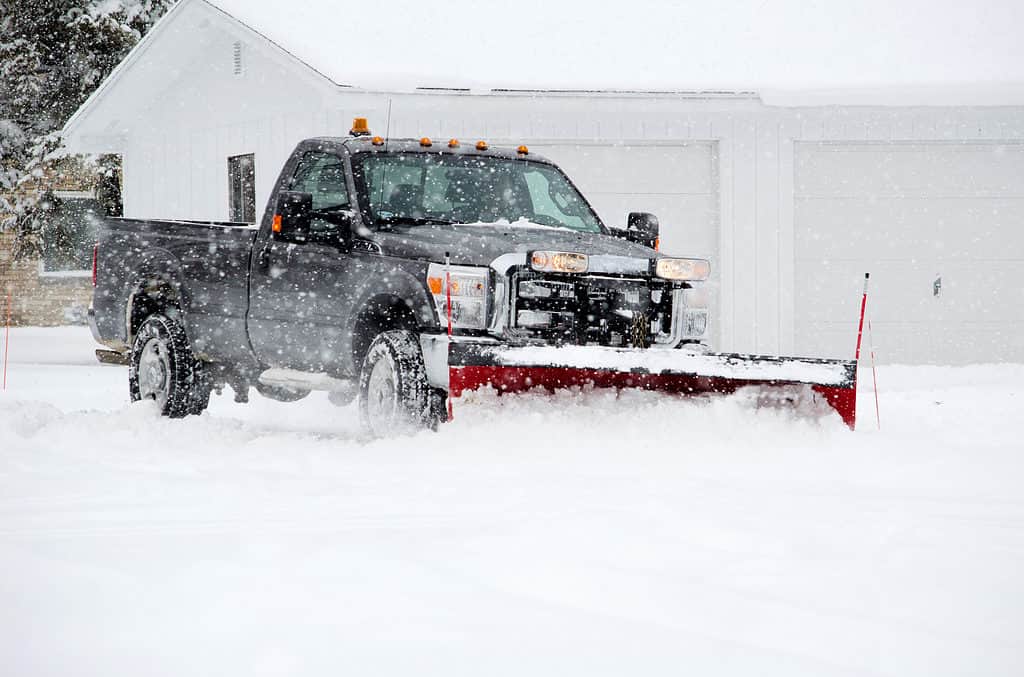In a state known for its snowy winters, there are a few places in Michigan along the Great Lakes that really stand out for the super cold temperatures and amazing amounts of snowfall that they experience each year. For decades, Sault Ste. Marie, Michigan has been the snowiest city in the United States. But Muskegon, Michigan holds the distinction as the snowiest town along the banks of Lake Michigan.
Average winter temperatures are around 33 degrees Fahrenheit, according to PureMichigan. But even without extreme frigid temps, snowfall still dominates records set in other parts of the state. On average, Muskegon gets around 93 inches of snow each year. The average snowfall for the entire state is around 43 inches for the year.
Which Side of Michigan Gets the Most Snow?

While blizzards don’t have the notorious reputation of other destructive weather events like tsunamis and hurricanes, they still wreak some havoc on any region by coating roads with ice and making them slippery and dangerous.
©Susan B. Sheldon/Shutterstock.com
Generally, the western side of Michigan gets the most snow. This is mostly due to its proximity to Lake Michigan, which borders the state to the west. Michigan’s Upper Peninsula, which borders Lake Superior and is even further north than the rest of the state, gets even more snow. Some years, this part of the state gets as much as 200 feet of snow. Many of the waterfalls in the Upper Peninsula also freeze during the winter, creating ideal conditions for ice climbing. Michigan’s Upper Peninsula is known for its winter sports and activities.
Where Is Michigan’s Snow Belt?

Winters are snowy and freezing due to winds from the Great Lakes, making Michigan one of the snowiest regions in the United States.
©Ralf Broskvar/Shutterstock.com
The area in Michigan that gets the most snow is often referred to as the snow belt. When you look at the average snowfall for the year, the corridor right along the banks of Lake Michigan gets quite a bit more than other parts of Michigan further away from the coast. this occurs because as the air moves easterly over the water, it gains precipitation. When it hits land again, the precipitation falls to the ground in the form of snow, at least when the colder air temperatures in the winter create the perfect conditions.
What Is the “Lake Effect?”

There are five Great Lakes and many share a border with Canada to the north.
©iStock.com/PeterHermesFurian
According to the National Weather Service, lake-effect snow is common in the winter around all of the Great Lakes. Cold air blows east and south from Canada. When it crosses the warmer water of the Great Lakes (at least warmer relative to the air), moisture enters the atmosphere. This wet, warm air rises and forms clouds. When they reach land and cool again, the moisture falls as snow.
The photo featured at the top of this post is © Marissa Jayne Wolfe/Shutterstock.com
Thank you for reading! Have some feedback for us? Contact the AZ Animals editorial team.







